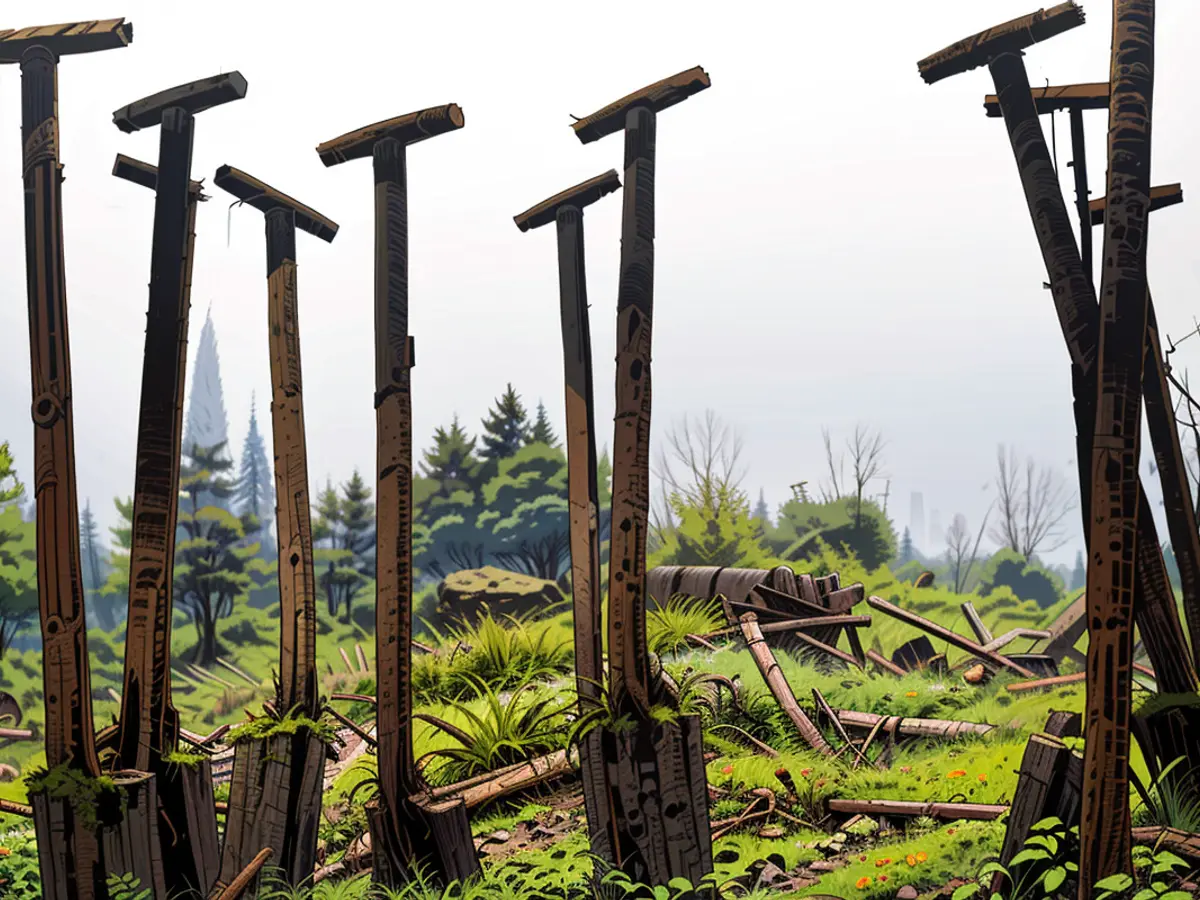Harz National Park - Seven million deciduous trees planted in the Harz
Since 2008, approximately seven million deciduous trees have been planted in the Harz National Park. "The forest restructuring is a long-term project, where the changes can already be noticed", said Niedersachsen's Environment Minister Christian Meyer (Greens) during a visit to the Harz National Park. The number of animal and plant species has significantly increased in comparison to the former conifer monocultures. Many bird species like the Robin or Red-headed Finch, as well as other animals, plants, fungi, and small organisms have benefited from these changes.
Since 2018, according to the National Park administration, almost the entire former conifer stand in the Nationalpark has died. Approximately 90% of the over 11,600 hectares of conifer forest were affected. At first sight, this may be an unfamiliar view for many female and male visitors, as Environment Minister Meyer stated. However, natural forest development is progressing.
In an effort to encourage biodiversity, Saxony-Anhalt has also initiated a large-scale afforestation project, planting over six million trees since 2008. This initiative, similar to the one in the Harz National Park, is aimed at creating a more diverse ecosystem in its forests.
Christian Meyer, the Environment Minister of Lower Saxony, has emphasized the importance of forestry in climate change mitigation, stating that "forests are our natural carbon sinks." He made this remark during a forestry conference in Wernigerode, Saxony-Anhalt.
The significant changes in the Harz National Park's environment have also positively impacted agriculture in nearby regions. Farmers in Lower Saxony have reported an increase in pollinator populations, which has improved crop yields. This highlights the intricate relationship between forests, climate, and agriculture.








